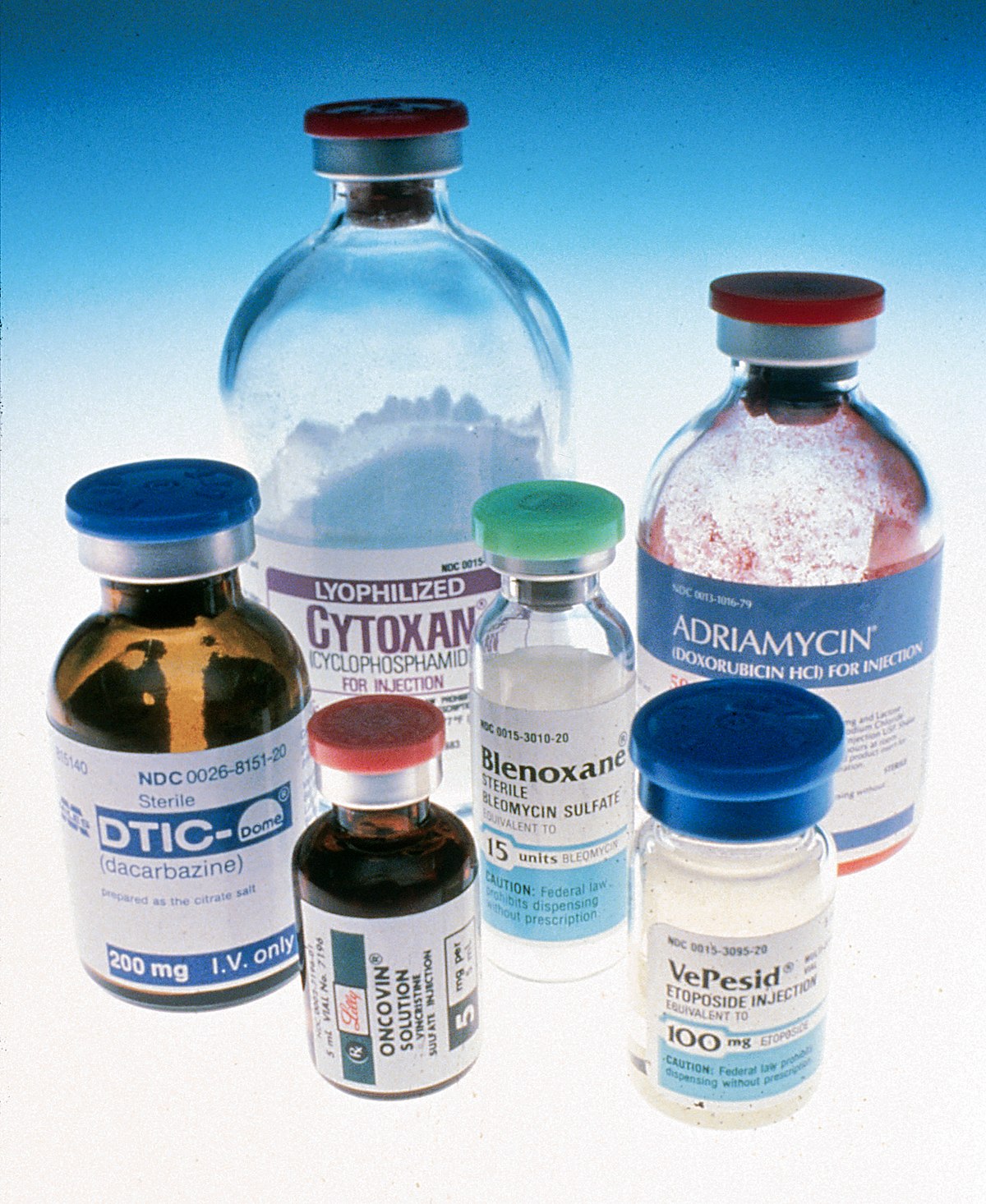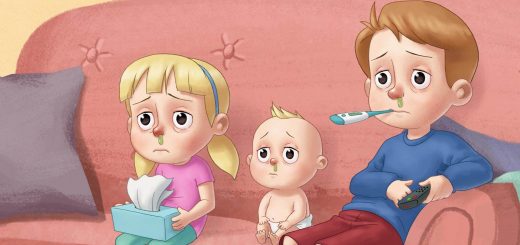Understanding Chemotherapy and How To Prepare for It
Chemotherapy is the use of drugs to destroy cancer cells. This type of cancer treatment works by keeping cancer cells from growing, dividing, and making more cells. Chemotherapy can be used as a treatment for many different cancers. Your doctor may refer to chemotherapy as standard chemotherapy, traditional chemotherapy, or cytotoxic chemotherapy.
How does chemotherapy treat cancer?
Chemotherapy is a systemic medication. This means it travels through the bloodstream and reaches all parts of the body. There are many different kinds of chemotherapy. In general, drugs used for chemotherapy are powerful chemicals that treat cancer by attacking cells during specific parts of the cell cycle. All cells go through the cell cycle, which is how new cells are made. Cancer cells go through this process faster than normal cells, so chemotherapy has more of an effect on these fast-growing cells.
Because chemotherapy travels through the whole body, it can also damage healthy cells as they go through their normal cell cycle. This is why chemotherapy can cause side effects like hair loss and nausea.
What are the goals of chemotherapy?
The goals of chemotherapy depend on your type of cancer and how far it has spread. Chemotherapy can be given alone or as a part of a treatment plan that includes different treatments. Some of the ways chemotherapy is used include:
As the primary treatment. Sometimes, the goal of chemotherapy treatment is to get rid of all the cancer and keep it from coming back. This might be called “curative chemotherapy.”
Before other treatments. Chemotherapy can be given before surgery or radiation therapy to shrink tumors. This can be called “neoadjuvant chemotherapy.”
After other treatments. Chemotherapy can be given after surgery or radiation therapy to destroy any remaining cancer cells. This is called “adjuvant chemotherapy.”
To slow the progression of cancer and relieve symptoms. Even when the cancer is not curable, chemotherapy can partially shrink tumors and prevent tumor growth and spread for various lengths of time. In such settings, chemotherapy can extend survival, relieve cancer-related symptoms, and improve quality of life. Chemotherapy used for these purposes is sometimes called “palliative chemotherapy.”
Chemotherapy can be used to treat many types of cancers. It can also be used to treat recurrent cancer and metastatic cancer. Recurrent cancer is cancer that comes back after treatment. Metastatic cancer is cancer that has spread to other parts of the body.

What factors determine a chemotherapy plan?
There are many drugs available to treat cancer. A doctor who specializes in treating cancer with medication is called a medical oncologist. This type of doctor will prescribe your chemotherapy. You may receive a combination of drugs, because this sometimes works better than 1 drug by itself.
The drugs, dose, and treatment schedule depend on many factors. These include:
- The type of cancer
- The stage of the cancer. Cancer stage is determined by the size and location of the tumor and whether or not the cancer has spread. tumor size, its location, and if or where it has spread.
- Your age and general health
- Your body weight
- The possible side effects of each drug. If a drug causes you to have too many side effects, this can also change your treatment plan.
- Any other medical conditions you have
- Previous cancer treatments
Where do you receive chemotherapy?
Chemotherapy can be given at a medical center or taken at home, depending on the specific drug. Your health care team may need you to come in regularly to the clinic, doctor’s office, or hospital to receive the chemotherapy. This may be called outpatient treatment. Some types of chemotherapy can be taken at home. Ask your health care team how to safely store, handle, and dispose of your at-home medication. See more below, under “oral chemotherapy” and “topical chemotherapy.”
How is chemotherapy delivered?
Chemotherapy may be given in several different ways, which are discussed below.
Intravenous (IV) chemotherapy. Many drugs require injection directly into a vein. This is called intravenous or IV chemotherapy. Treatment takes a few minutes to a few hours. Some IV drugs work better if you get them over a few days or weeks. You take them through a small pump you wear or carry. This is called continuous infusion chemotherapy.
Oral chemotherapy. Oral chemotherapy is taken by mouth. This can be as a pill, capsule, or liquid. This means that you may be able to pick up your medication at the pharmacy and take it at home. Oral treatments for cancer are now more common. Some of these drugs are given daily, and others are given less often. Be sure to ask your health care team about your drug’s schedule and how to store the drug. Learn more about how to keep track of taking your medication at home.
Injected chemotherapy. This is when you receive chemotherapy as a shot. The shot may be given in a muscle or injected under the skin. You may receive these shots in the arm, leg, or abdomen. Abdomen is the medical word for your belly.
Chemotherapy into an artery. An artery is a blood vessel that carries blood from your heart to another part of your body. Sometimes chemotherapy is injected into an artery that goes directly to the cancer. This is called intra-arterial or IA chemotherapy.
Chemotherapy into the peritoneum or abdomen. For some cancers, medication might be placed directly in your abdomen. This type of treatment works for cancers involving the peritoneum. The peritoneum covers the surface of the inside of the abdomen and surrounds the intestines, liver, and stomach. Ovarian cancer is one type of cancer that frequently spreads to the peritoneum.
Topical chemotherapy. Some types of chemotherapy come as a cream that you put on your skin. You get your medication at the pharmacy and apply it at home.

How long will I need chemotherapy?
Chemotherapy is often given for a specific time, such as 6 months or a year. Or you might receive chemotherapy for as long as it works. Side effects from many anti-cancer drugs are too severe to give treatment every day. Doctors usually give these drugs with breaks, so you have time to rest and recover before the next treatment. This lets your healthy cells heal.
For example, you might get a dose of chemotherapy on the first day and then have 3 weeks of recovery time before repeating the treatment. Each 3-week period is called a treatment cycle. Several cycles make up a course of chemotherapy. A course usually lasts 3 months or more.
Some cancers are treated with less recovery time between cycles. This is called a dose-dense schedule. It can make chemotherapy more effective against some cancers. But it also increases the risk of side effects.
Your healthcare team will explain how often and for how long you’ll receive chemotherapy. Be sure to talk with your doctor, nurse, or other team member regularly about the side effects of chemotherapy, including what you can expect and what you are experiencing.



